Introduction: Meet Your Digital Bouncer
I’m not a big fan of parties, but every Christmas Eve, we invite friends over to our house to eat, drink, and celebrate. I strive to make this gathering a memorable experience, and last night was no exception; please pardon the delay in sending this edition. Christmas Day is much quieter for our family. We enjoy spending time in front of the fireplace, sipping hot beverages, and opening the gifts that my wife has chosen for us. The fireplace crackles as we hang the stockings with care, and the warmth of home after a wonderful night provides a cozy refuge from the chilly winter air.
Now, imagine that same fireplace—but without a chimney cap. Ash and embers could fly out, or worse, something unwanted might come down into our cozy sanctuary. That chimney cap acts like a bouncer, keeping the good in and the bad out. In the digital world, that bouncer is represented by a firewall.
A firewall is a security system that monitors and controls the flow of traffic between your devices and the internet, blocking anything suspicious. Just like Santa needs a clear and secure chimney to deliver presents, your digital home needs a secure passage to the online world. But do you really need one at home? Let’s explore that question together.
How Does a Firewall Work?
Think of a firewall as a modern-day Santa’s helper, checking every visitor at your digital door. Like an airport security checkpoint, it examines every “package” of data entering or leaving your network to decide whether it’s safe.
- Incoming Traffic: Stops malicious data trying to sneak in, much like Santa’s elves ensuring only good toys make it into his sack.
- Outgoing Traffic: Prevents unauthorized programs from sending your personal data out, like keeping Santa’s list secure from prying eyes.
If you haven’t checked your firewall settings recently, take a moment to ensure everything is up to date.
Types of Firewalls
Firewalls come in different shapes and sizes, just like stockings on a mantle. Here are the main types:
- Network Firewalls
These protect your entire home network, much like the chimney cap shields the house from snow and intruders. Many routers come with built-in network firewalls. It’s worth logging into your router’s settings to see if its firewall is enabled. - Software Firewalls
Installed on individual devices, they’re like personal stockings—customized for specific needs. Think Windows Defender on PCs or the firewall feature on macOS. Regularly updating these firewalls can keep your devices safer. - Hardware Firewalls
Dedicated devices that sit between your internet connection and your network. They’re the equivalent of a gated community, offering robust protection for tech-savvy users or smart home setups.
Do You Really Need a Firewall at Home?
Let’s break it down, Christmas-style:
- Isn’t My Router Enough?
Your router’s built-in firewall is like a wreath on your door. It’s a start, but it’s not foolproof. For additional security, consider exploring options like Norton Firewall or ZoneAlarm. - What If I’m Not Tech-Savvy?
Many modern firewalls are plug-and-play, as simple as turning on the Christmas tree lights. Guides are available online to walk you through basic configurations. - What Happens Without a Firewall?
Without one, your devices are an open house for hackers, like leaving your chimney wide open for Grinches. Make sure your devices aren’t left exposed this holiday season.
Benefits of Using a Firewall at Home
A firewall provides layers of protection, much like the traditions that make the holidays magical:
- Protection Against Hackers
It blocks cybercriminals from accessing your network or devices, ensuring your digital peace. For added assurance, consider pairing it with antivirus software. - Blocks Malicious Websites
Think of it as Santa’s naughty list for harmful websites. Avoid risky clicks by staying informed about online threats. - Monitors Outgoing Traffic
Keeps an eye on apps sending data without your permission, like ensuring your Christmas cookies aren’t mysteriously disappearing. Regular checks can help identify unusual behavior. - Adds Peace of Mind
You can rest easy knowing your family is safer online, much like enjoying the comfort of a warm fire.
Setting Up a Firewall at Home
Ready to deck your digital halls? Here’s how to set up a firewall:
- Check Your Router
Log in to its settings and enable the firewall feature. It’s often off by default. If you’re unsure, refer to your router’s manual or a quick online tutorial. - Install a Software Firewall
Use built-in options like Windows Defender or explore third-party options for added features. A quick search for “best software firewalls” can guide you to trusted tools. - Consider a Hardware Firewall
For advanced protection, especially if you have many smart devices. These can be a worthwhile investment for tech-heavy households. - Keep It Updated
Like refreshing your Christmas playlist, ensure your firewall’s software stays current. Most systems have auto-update options—make sure they’re enabled.
Limitations of a Firewall
Just as even the best chimney can’t prevent Santa from slipping down, a firewall isn’t foolproof:
- Phishing Emails and Malware: A firewall can’t stop you from clicking on a bad link. Pair it with email security best practices.
- Complementary Tools: Use antivirus software and enable multi-factor authentication for comprehensive security. These tools work together like a team of elves ensuring everything runs smoothly.
Conclusion: Your Home’s Digital Shield
This Christmas, as you gather around the fireplace with family and friends, take a moment to think about the “firewall” guarding your home from digital threats. Like locking your doors at night, enabling a firewall adds a layer of protection that’s essential in today’s online world.
Check your router’s firewall settings today or explore additional tools if needed. A little effort now can bring a season of digital peace of mind.
Warm wishes and Merry Christmas!
